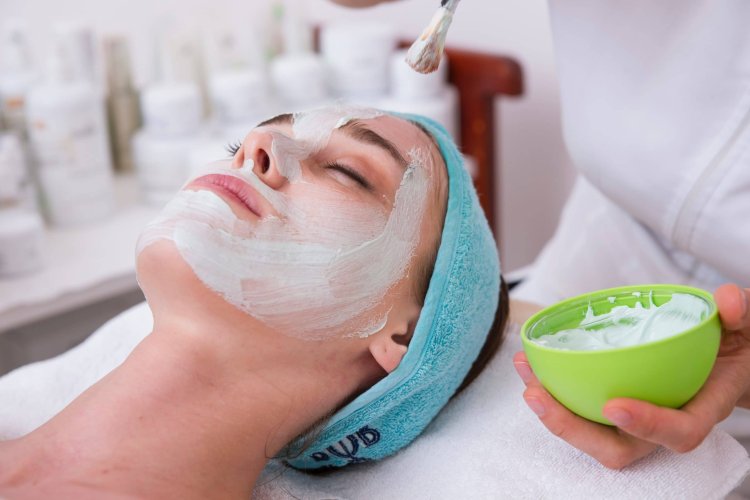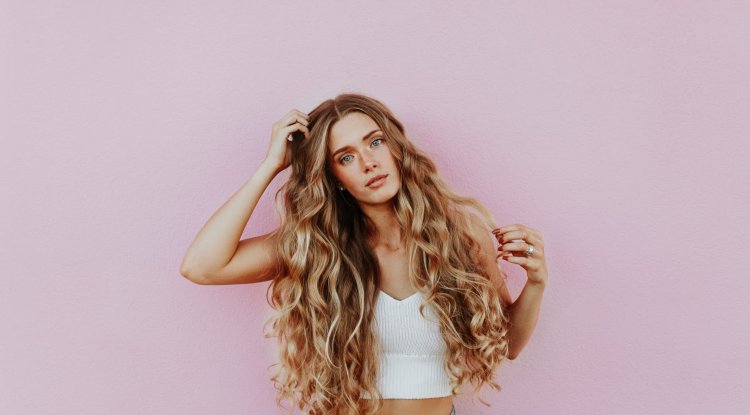What to Know About Lactic Acid For Skin Care

Lactic acid is a hydrating ingredient for the face that is suited for all skin types. With the increase in advertising, it's becoming more usual for us to come into touch with skincare products we didn't even know existed until yesterday. As a result, lactic acid has been identified as one of the key components for proper skin hydration in a lot of ingredients.
Lactic acid, often known as lactate, is a chemical byproduct of anaerobic respiration, which occurs when cells make energy without the presence of oxygen. It's made by bacteria in yogurt and our intestines. Lactic acid is also found in our blood, where muscle and red blood cells deposit it.
Lactic acid is a natural acid that is produced when sugar is fermented. This acid is excreted by the muscles with extreme exertion, which is why muscular discomfort develops after exercise.

Furthermore, lactic acid is an important component of our skin's natural moisturizing ingredient, and even a slight lack can result in dryness and peeling.
Lactic acid can be found in products for different skin types and with different effects.
It is appreciated in the development of moisturizing and rejuvenating cosmetics for its capacity to hydrate, soften, and promote the synthesis of collagen, the key protein of youth.
Lactic acid is present in low concentrations in several products, along with hydrating compounds.
This acid is also a lifesaver for oily skin that is prone to pimples.
The substance improves increased sebum function, reduces pore blockage, and prevents the development of new inflammations.
The acid has the ability to visibly smooth out skin texture, and its natural whitening impact helps in the treatment of acne scars and pigmentation.
In the production of peels, lactic acid is a common element.
Aside from lightening and softening the skin's tone, the acidic component weakens and destroys the bonds between dead cells, allowing for a gentle, safe peeling and starting off the regeneration process.
Lactic acid peeling is one of the safest, and it may be used on even the most sensitive and dry skin.
It's important to realize, however, that individual allergic reactions may occur. Apply lactic acid to a small area of skin and let it on for a few minutes if you're using it for the first time. If no reaction occurs, the product can be safely applied to the entire face.





























